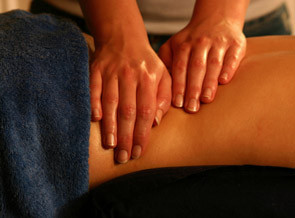It is well established that Remedial Massage can be an effective treatment for many musculoskeletal problems. But how does Remedial Massage actually work? In this series of articles we will discuss the benefits of this form of therapeutic massage and examine some common conditions that can be successfully treated. We will look at the skills and techniques involved and consider some of the theories, latest research, case studies and evidence that demonstrate why and how Remedial Massage can often produce beneficial results.
What is Remedial Massage?
Remedial Massage is a form of Deep Tissue Massage – a clinical treatment that also integrates techniques not normally associated with other forms of massage.
Ordinarily, Remedial Massage tends to be deeper and much more targeted; although the long, slow and gentle strokes associated with a classic massage may be used to relax the patient and prepare the area to be worked on.
After an examination and assessment, the therapist will identify which tissues and areas of the body are dysfunctional. They will then focus a variety of practical techniques towards resolving the problem. Reduction of muscle tension and release of soft tissue in one area will often produce favourable changes in the body’s overall alignment and balance.
Getting beneath the skin
There is no quick answer to how Remedial Massage works. A short paragraph listing the benefits of massage doesn’t really satisfy the curious or answer the question. We hope to get ‘beneath the skin’ and explain in greater detail, without getting too technical, what is happening when various Remedial Massage procedures are applied. Latest research has produced some surprising results that may turn some of our current theories on their head and suggest that massage works in some surprising and unexpected ways. We will look in some detail at the causes and development of painful conditions such as chronic neck and shoulder pain and explain how Remedial Massage can be of help.

